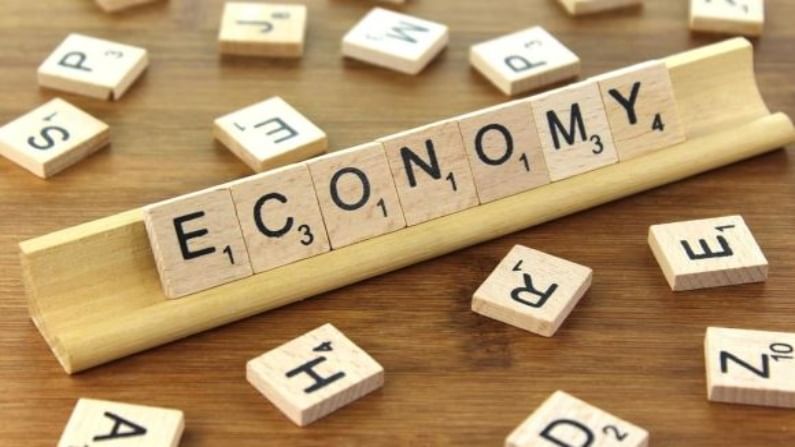Job loss, inflation worries, precautionary savings to hurt consumption: Economists
According to a Reserve Bank of India survey in June, consumer outlook about the present and future was very low
- Avijit Ghosal
- Last Updated : July 7, 2021, 13:47 IST

Though the economy continues to recover after the savage second wave of Covid-19 infection, economists have pointed out that consumption in the near term would be impacted by three important factors, all outcomes of the killer infection that has taken about 4.05 lakh lives so far. “The trifecta of job/income losses and higher healthcare expenses, conscious build-up of precautionary savings and elevated inflation/inflation expectations, will have a marked role to play on near term consumption,” said Yuvika Singhal, economist at QuantEco, a research agency that tracks the economy closely.
The agency had earlier predicted that a U-shaped recovery will prolong the pains at the bottom of the curve and the second wave belied expectations of a V-shaped recovery that many policymakers had hoped for towards the beginning of the year.
Job cesspool
Incidentally, the Centre for Monitoring Indian Economy (CMIE) has indicated a very gradual reduction in the 30-day moving average of unemployment rate even as it returned to the single-digit territory after a gap of a few weeks.
According to CMIE estimates, as many as 2.27 crore jobs were lost in April and May, the two worst months of the second wave of the infection.
“If we consider the second wave of Covid-19 to have begun in April 2021 then the fall incurred during this wave was of the order of 22.7 million. Of this, 7.4 million jobs were lost in April and 15.3 million in May. June recovered just about a third of this cumulative fall,” said CMIE in its employment report in July.
A consumer confidence survey released by the Reserve Bank of India in early June showed that the ‘current situation index’ fell to 48.5 in May. Incidentally, in that index 100 is the score that marks the dividing line between optimism and pessimism.
The ‘Future Expectations Index’ as measured by the central bank survey also dipped to 96.4 which was supposed to be very low. (Data is available since 2012) The significance: Indians did not feel so uncertain about the future earlier.
Delaying gratification
“Evidence of delaying gratification is rife in the economy. This is reflected adequately in the very modest sales figures of automobiles and similar high-end consumer goods (and not so much in lower-level mass consumption patterns). The fear of a probable third wave is likely to keep consumption trends subdued for the time being,” said Nilanjan Dey, director, Wishlist Capital Advisors.
Dey said that savings and investments, too, will be affected, especially given the fact that inflation, driven by higher fuel prices, is accelerating.
“The figures to watch out for are those of retail/household savings and investments in the next 2-3 quarters,” added Dey.
Weak momentum
For the week ending July 4, economic activity continued to expand for the seventh week but its momentum continued to slow, showed the Daily Activity and Recovery Tracker Index of QuantEco.
The report also said that among the indicators, the slowest recovery was in the online restaurant searches. However, generation of electricity recorded a quick turnaround compared to pre-second wave peaks.
Rail freight
Rail freight was in its third consecutive week of deceleration after remaining fairly resilient over April and May 2021.
The research agency also observed fatigue in the pace of recovery in Google Mobility and Apple driving trends.
Download Money9 App for the latest updates on Personal Finance.
Related
- SBI ने घटाया GDP ग्रोथ रेट का अनुमान, FY-25 में 6.3% से इकोनॉमी के बढ़ने की उम्मीद
- देश की आर्थिक गति बरकरार, 6.5 से 7 फीसदी ग्रोथ हासिल करने की उम्मीद
- भाविश अग्रवाल ने बताई ओला के मुनाफे की रूपरेखा, इलेक्ट्रिक कार पर नहीं है फोकस
- Budget’24: Gold, silver prices to soften soon, customs duty drops to 6%
- Microsoft Global Outage: What led to the ‘Blue Screen of Death’?
- NSE updates collateral criteria, makes F&O trading harder

